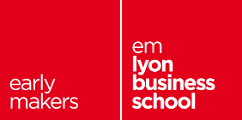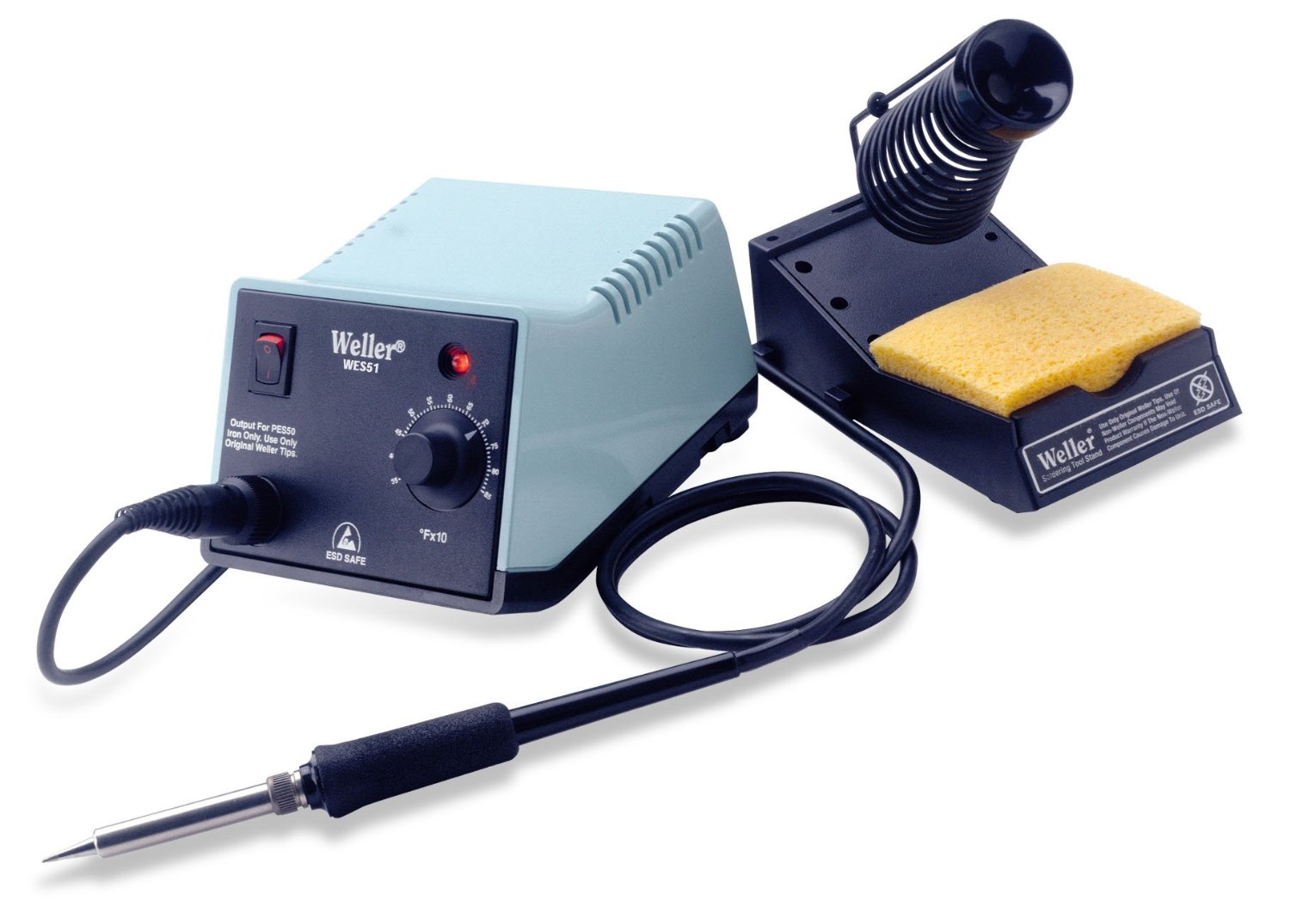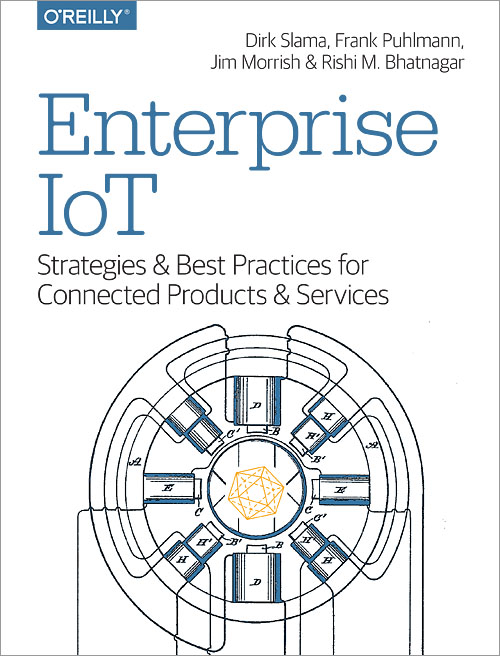last modified: 2019-02-08

NOTE
| for emlyon students: this document does not substitute for the syllabus posted on Brightspace. Please go and read the syllabus. |
1. START
Can you guess who opened the annual automotive show in Frankfurt in 2017?
Sheryl Sandberg, COO at Facebook:
At the heart of this change, there is the fact that objects get traversed by data.
It’s not just mechanics powered by electricity anymore.
It’s mechanics, with computers, software (code), Internet connection and data flowing.
Let’s practice!
Can you tell how one of the following industries / sectors has been impacted by software or IoT?
Spend 5 minutes on it and tell us:
-
Did it improve the experience of the customer?
-
Did it improve the efficiency of the production? (savings on costs? Less wastes? etc…)
-
Did it create new business models?
-
gardening
-
tourism
-
education
-
logistics
-
going to the restaurant
This course is designed to make you touch this, feel confident about getting a job in this new economy.
2. Who is this course for?
This course is aimed at management students / entrepreneurs / citizens curious about the Internet of Things in a business perspective. No pre-requisite is needed.
A knowledge of coding (in any programming language) would help you understand the part where we will code the object. If you don’t know how to code, then copy pasting is ok in this course.
3. Learning objectives
When finishing this course, you will have acquired 3 competencies:
-
Learn about IoT in practice: what does it look like? how does it work? (yourself, in autonomy)
-
Learn about the importance of IoT for business: why is it a big deal today for management? (class n°2)
-
Learn DDBM: a new method to create business value from IoT (class n°3)
4. Material and budget
We will use components to build the object.
emlyon students: these components are provided to you directly so you can skip this section.
At the time of writing, components cost less than 40$ and are sold online by http://www.adafruit.com in the US. For further details, check the lesson "Where to buy components".
We will also need a soldering equipment:

emlyon business school students: you can visit the Makers Labs on our campuses for soldering (have you visited their website?).
Ask the MakersLab manager to use the soldering stations under their supervision.
A soldering station can be bought online (see the lesson "Where to buy components").
Or better, you can find a Makers Lab near you and ask for their help! Check here for a list of Makerslab worldwide.
Finally, you will need a micro usb cable to plug your object to your computer. You probably have one already if you have an Android smartphone. Shapes and formats for micro USB keep changing. Here we need the classic format (so, not reversible) like this one.
5. Organization: this is a blended course
-
The construction of the object is done by yourself, at home
-
Documents and videos are available on this website: https://emlyon.github.io/IoT4Entrepreneurs/
-
The Makers' Lab is available to help you for soldering, 3D printing, debugging.
-
Arduino software is installed on the computers of the Makers' Lab
-
-
3 in-class sessions:
-
1st (today): Introduction and distribution of the parts to build the object
-
2nd (check the date on the syllabus): IoT and their impact on business
-
3rd (check the date on the syllabus): business game: how to create economic value with IoT? Using the DDBM method.
-
Example of a video on the website:
6.Your evaluation in this course
The evaluation is in two steps:
-
GROUP assigment (2 students per group). 50% of the final grade: → a video where you show your object, which should be working. You explain in this video the key difficulty you faced.
Example of a good video:
Note: to get a 10/10, you need to add a bonus feature to the object.
Examples: extra coding, adding a 3D-printed case…
-
INDIVIDUAL assignment. 50% of the grade:
→ a video where you discuss a connected object on the market (no need to buy it!).
You must explain:
-
the function it performs
-
the business model behind it
-
security issues raised by the object.
| you must choose an object with a business model that is more interesting than just "it is sold at this price". |
Example of a good video:
Grading is as follows:

Each video should last about 3 minutes and less than 5 minutes in any case.
Post the video on Youtube only, do not add a password to the video.
Make the video "unlisted" if you prefer.
Don’t send me video files as I will not open them!
7. Essential readings and to go further
Access this board on Pinterest for a collection of documents on the Internet of things from a business point of view.
You should read these documents to get a broader view on the subject.
If you look for a very complete, in-depth reference on IoT for entrepreneurs I warmly recommend:

This book is available online here.
You have access to this book freely through the online library here.
Time to get the parts and create teams
-
Create teams of two
-
Put your names on the list and sign.
The end
Find references for this lesson, and other lessons, here.

This course is made by Clement Levallois.
Discover my other courses in data / tech for business: https://www.clementlevallois.net
Or get in touch via Twitter: @seinecle